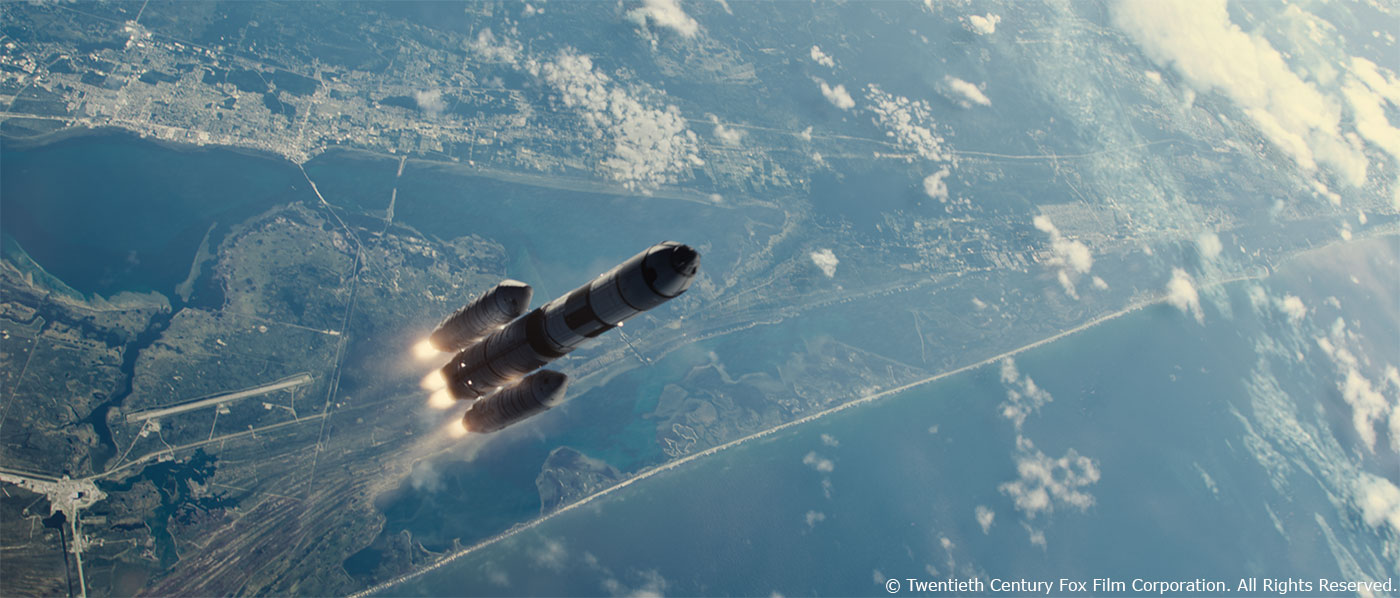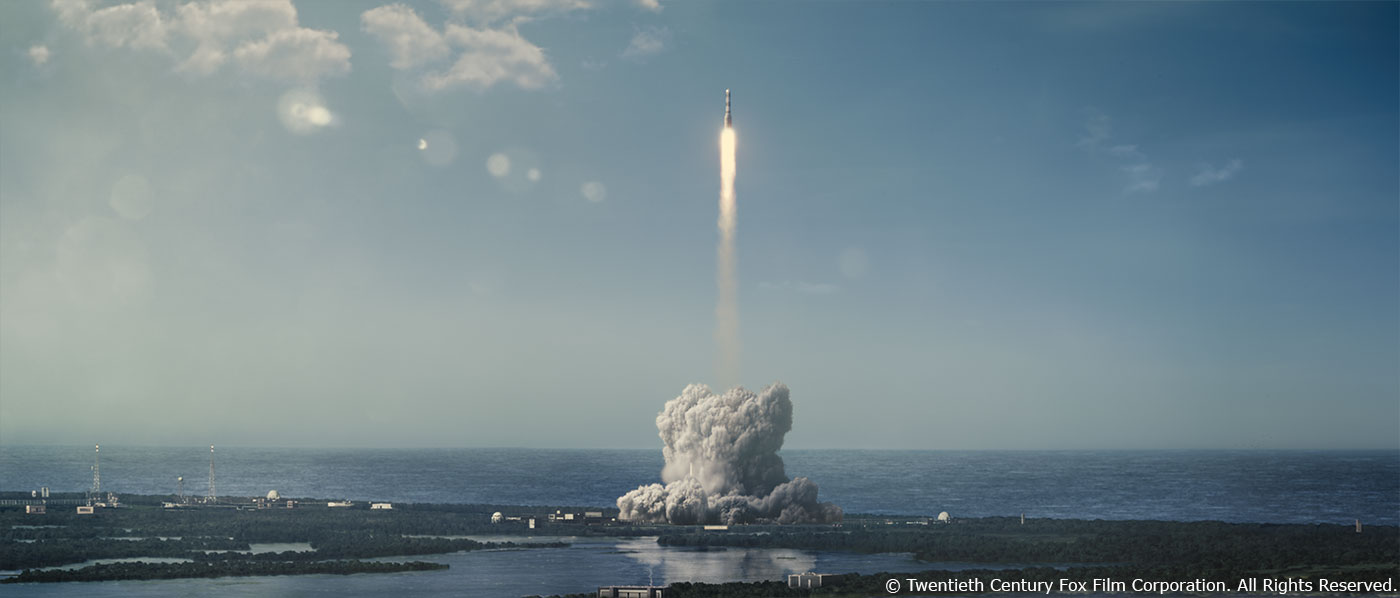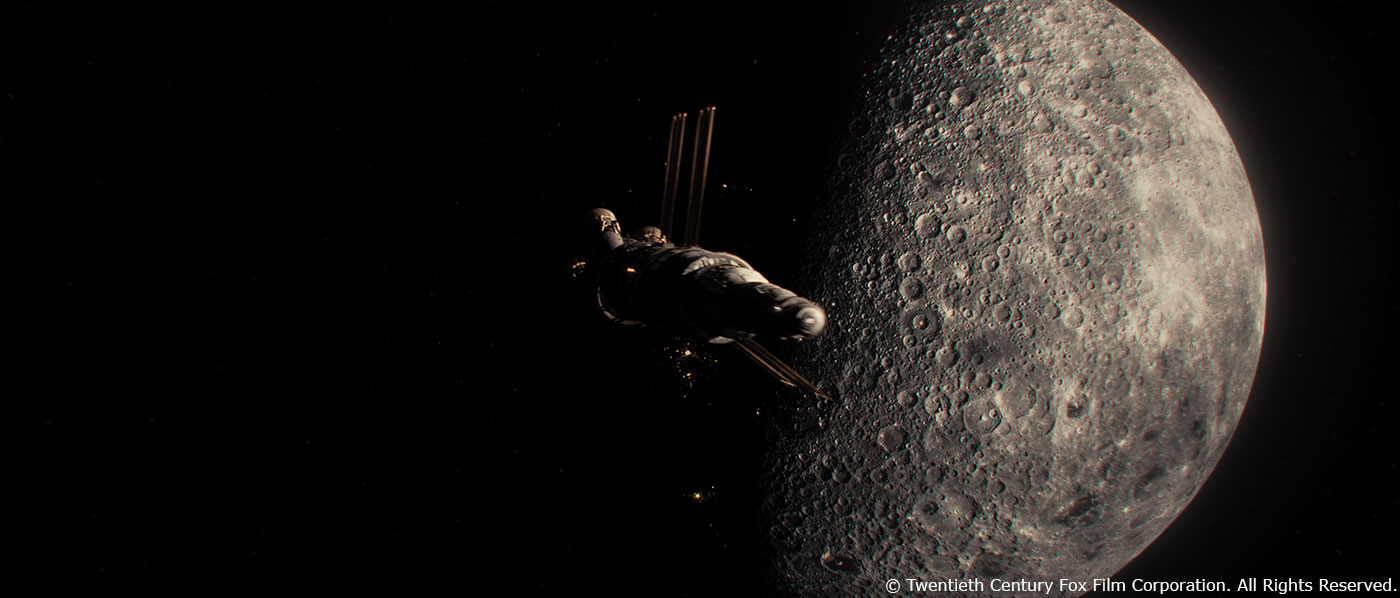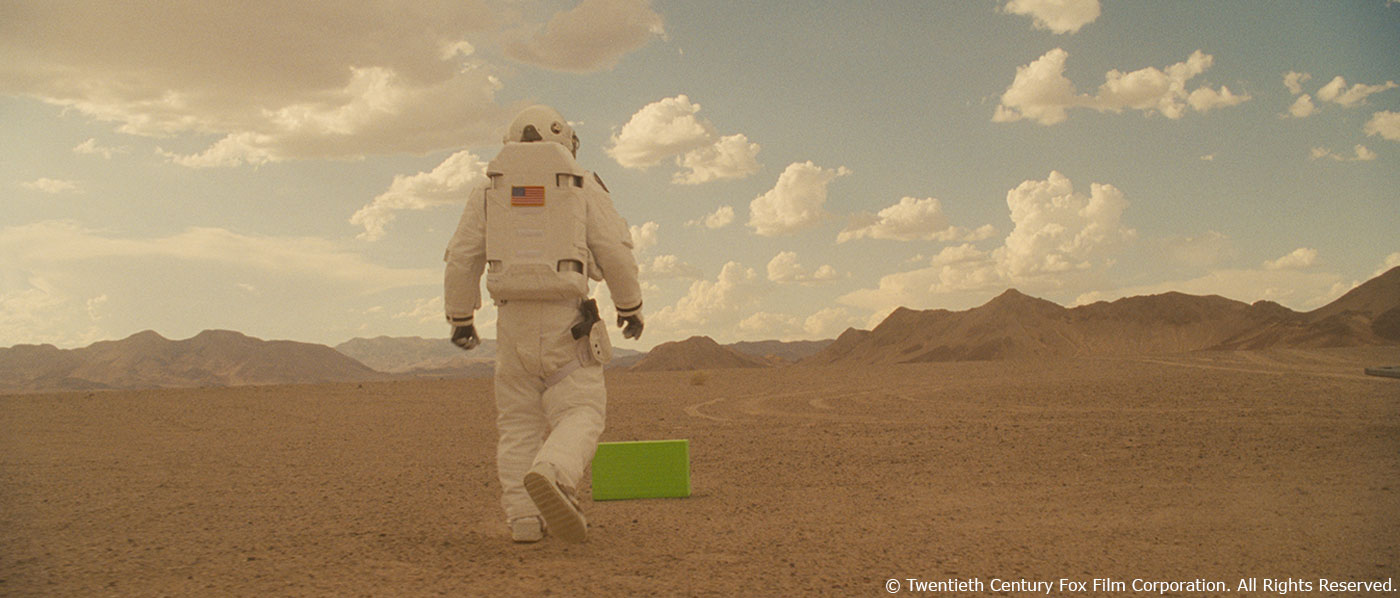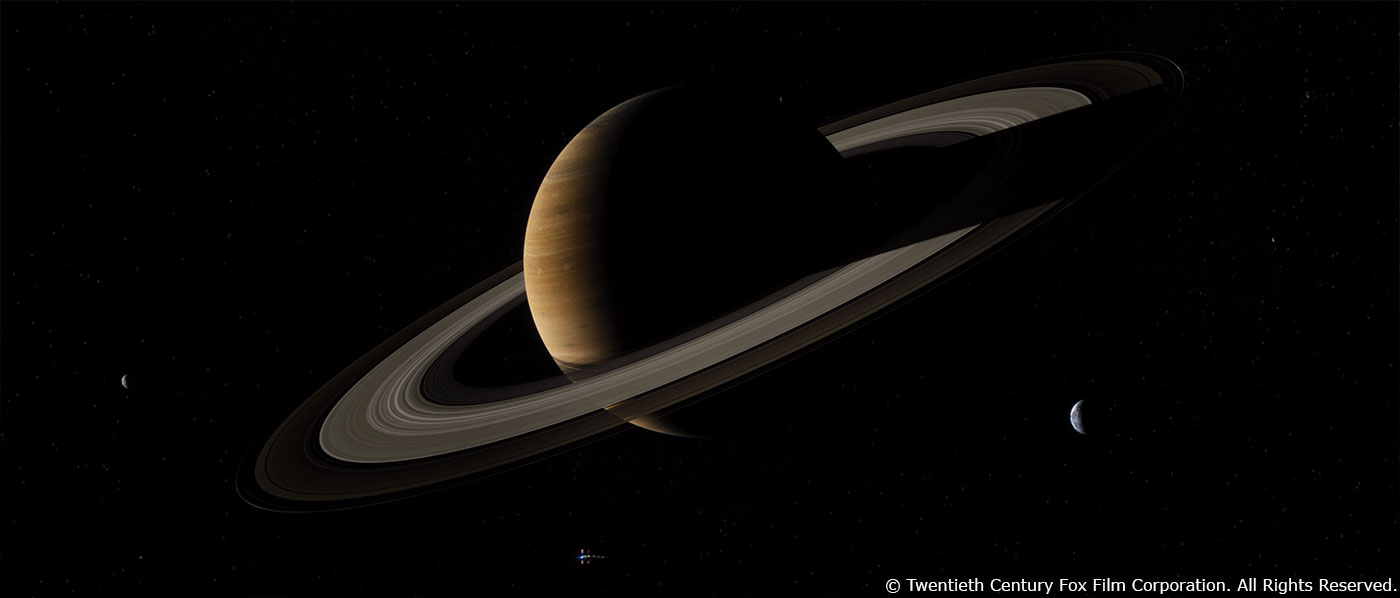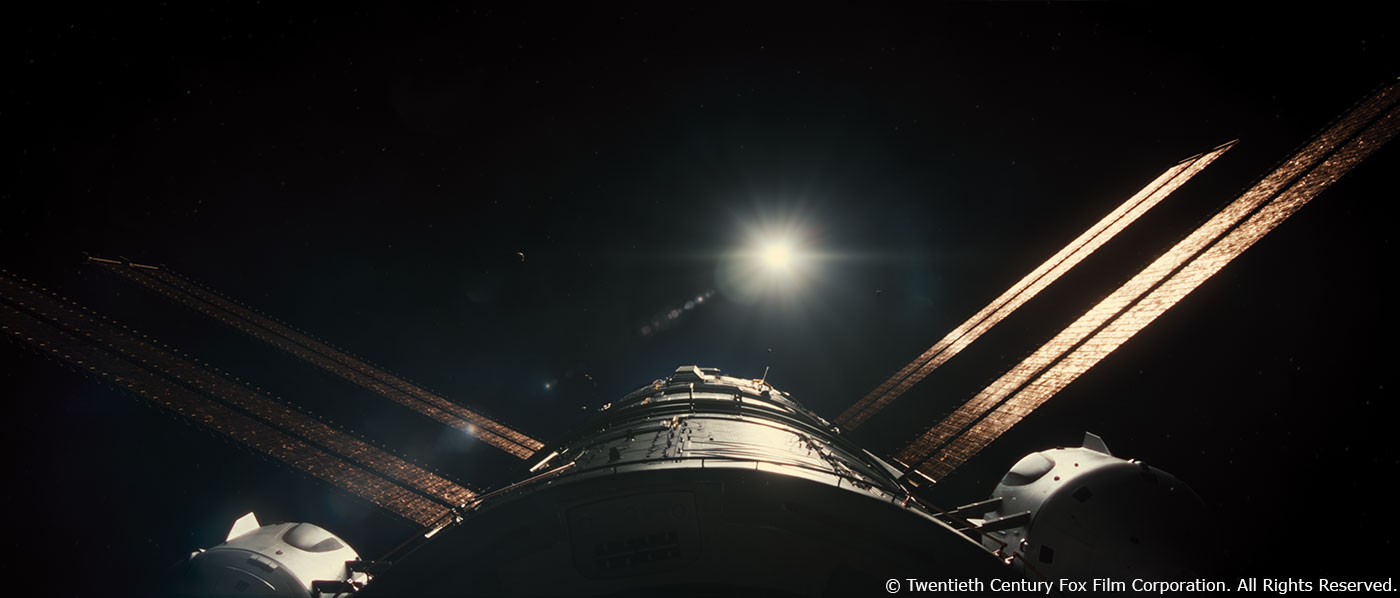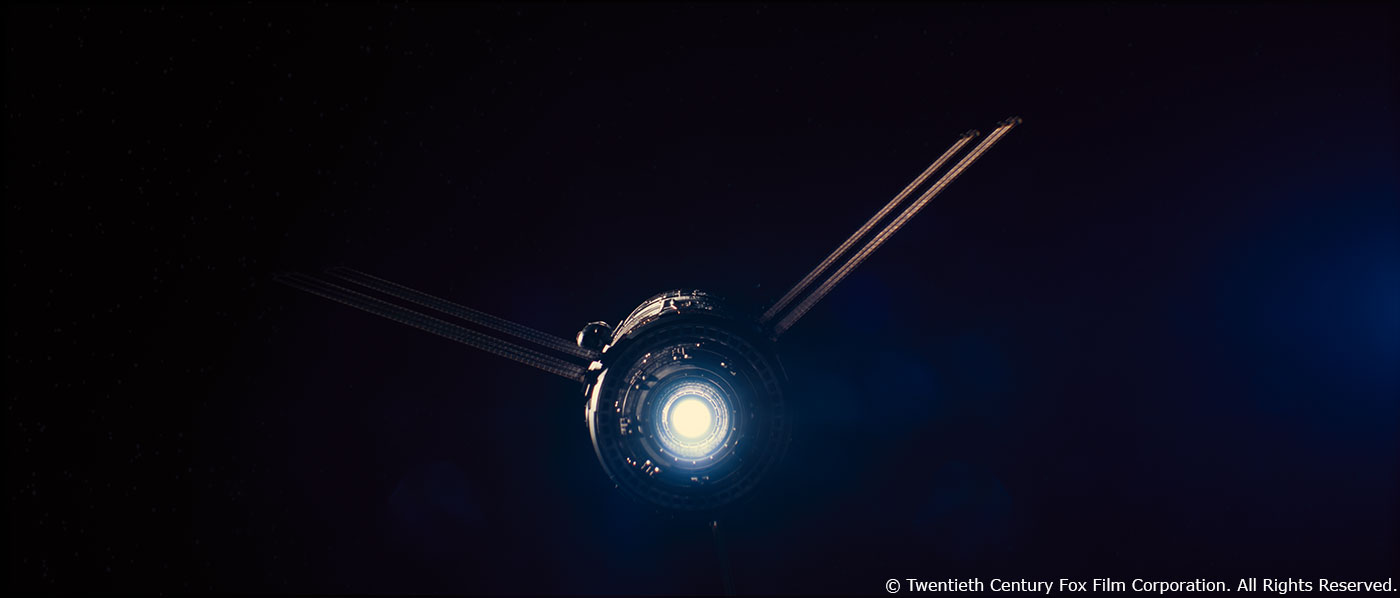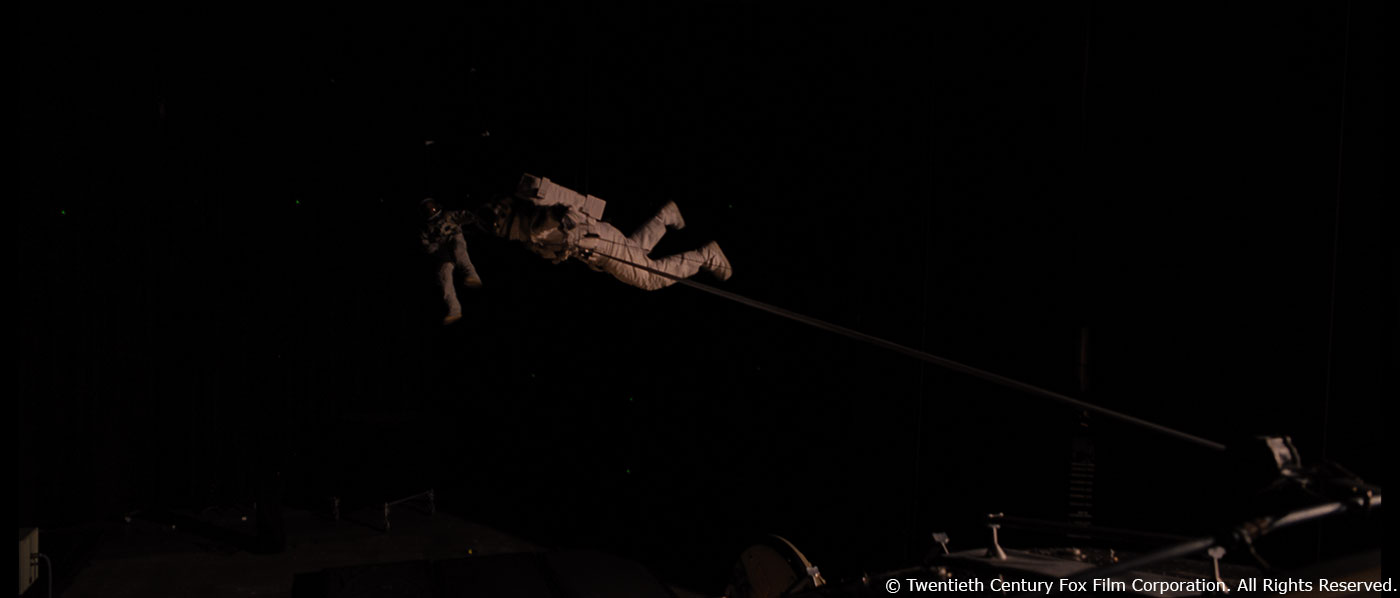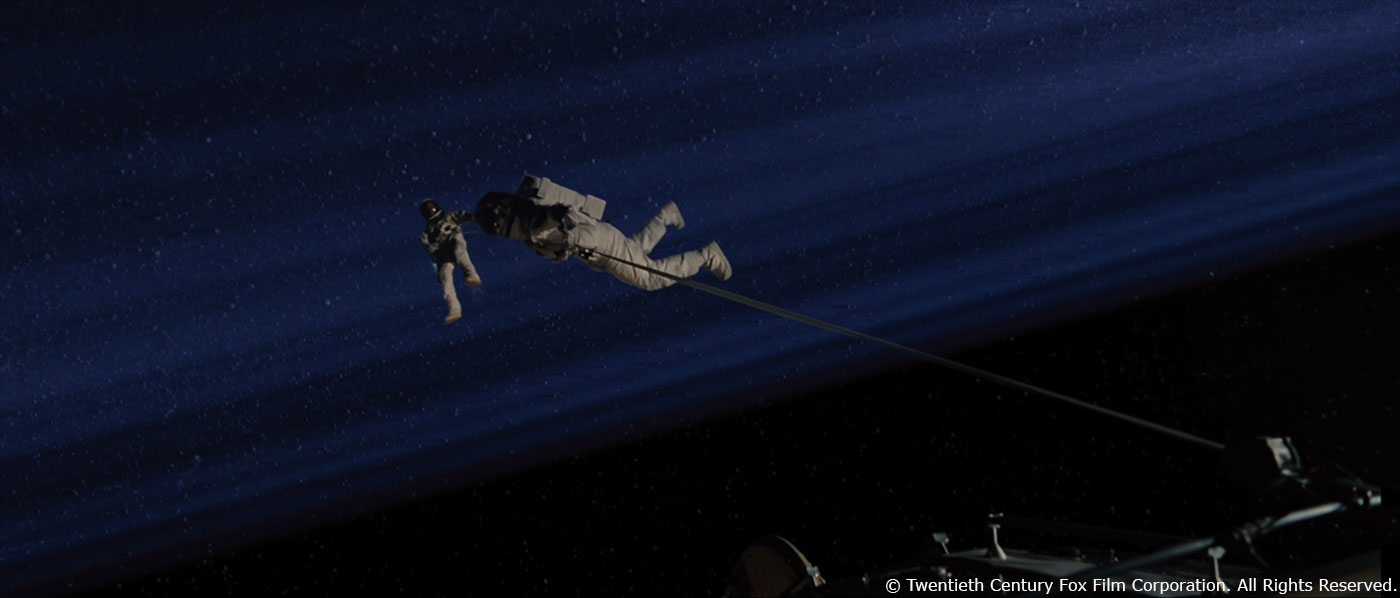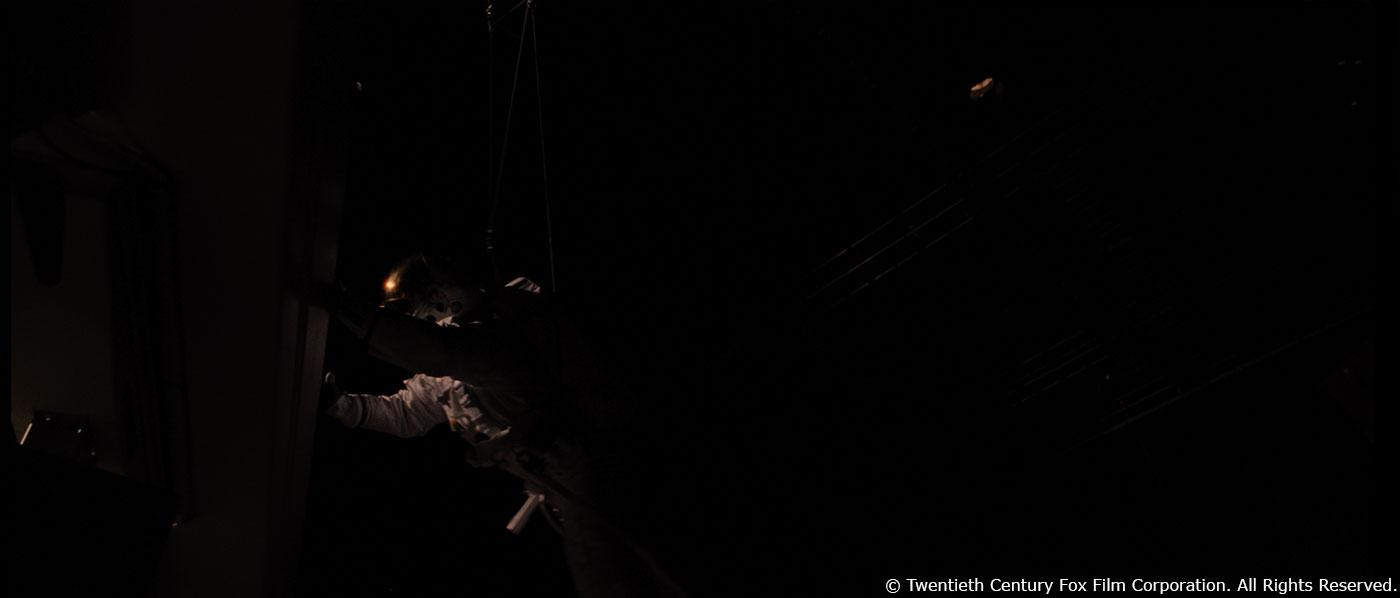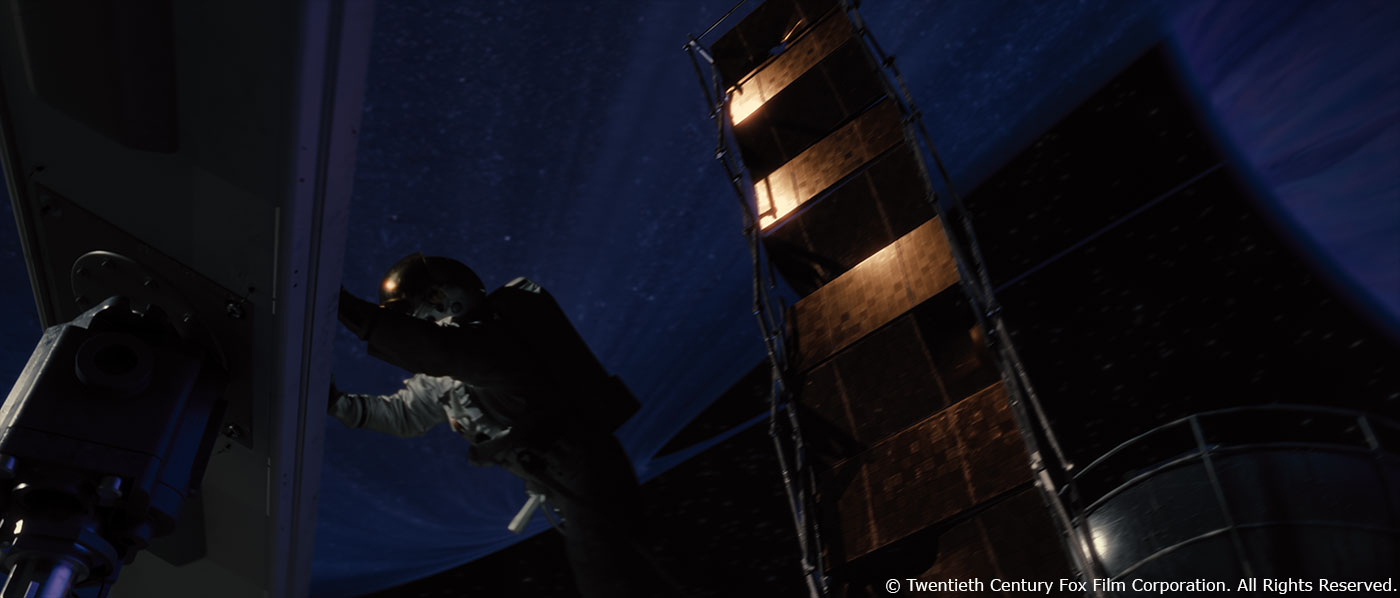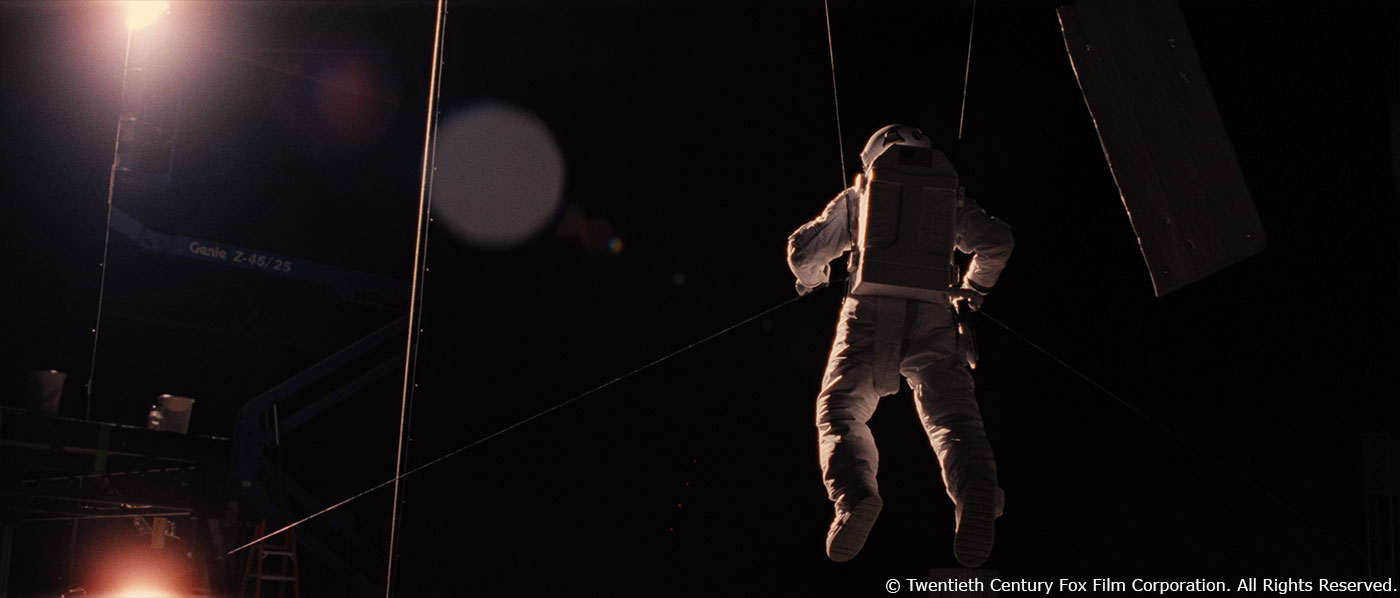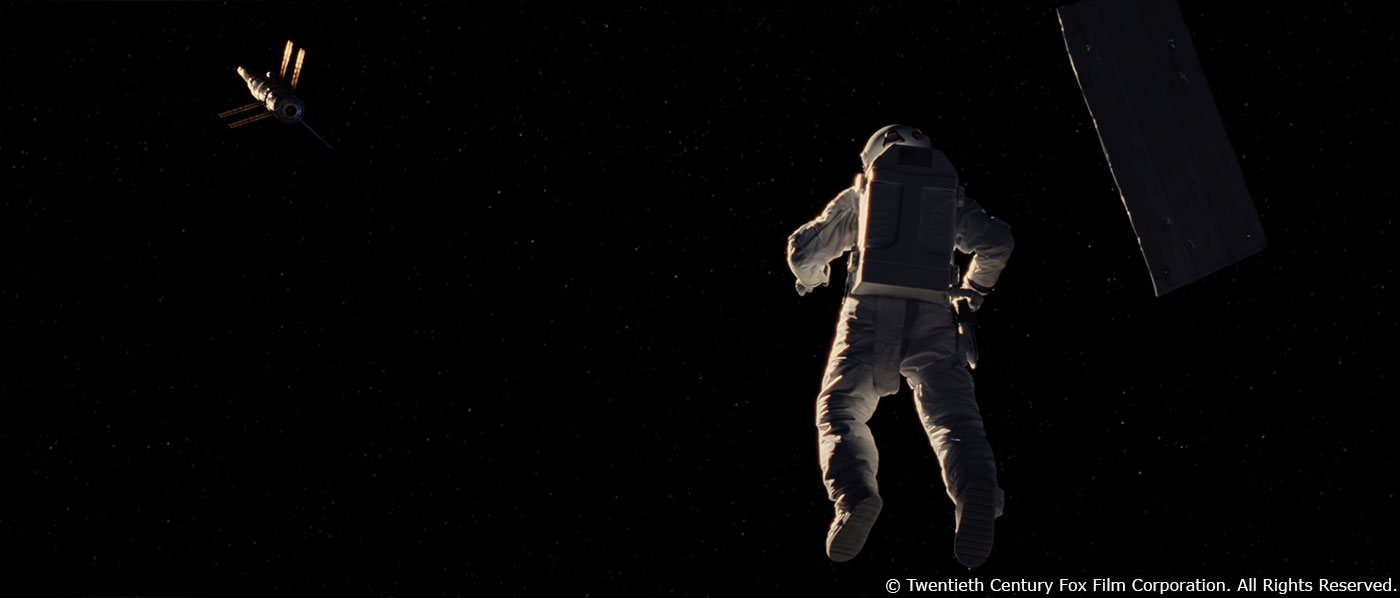Eric Andrusyszyn has worked for more than 10 years in visual effects. After working at Rhythm & Hues, he joined MPC in 2013 and works on films like BATMAN V SUPERMAN: DAWN OF JUSTICE, INDEPENDENCE DAY: RESURGENCE, JUSTICE LEAGUE and AQUAMAN.
What is your background?
I have two bachelor degrees, one in film production and one in visual effects. I worked for several years in a motion picture lab doing such things as color timing and contact printing before entering the visual effects industry. I have worked in compositing for a decade.
What were their expectations and approach about the visual effects?
Scientific accuracy was a large focus throughout the entire process; they held regular meetings with JBL for guidance. They wanted the movie to feel tangible and connected to modern times. The technology in the movie such as the Cepheus is designed to look like something that the audience believed could exist.
How did you split the work amongst the MPC offices?
MPC Bangalore completed assets, matchmove, roto-anim and a portion of the compositing work. MPC Vancouver and London completing the teamwork with the remaining parts of the pipeline.
What are the sequences made by MPC?
Largely the Earth launch, Moon landing and launch, Mars landing and launch, space travel and a large sequence around the Neptune Rings.
Can you explain in detail about the creation of the Earth launch base?
The base itself was assetized, and the surrounding environment was initially designed from satellite imagery of Cape Canaveral.
How did you create the various FX elements of the launch sequence?
Pavol Holecka designed a custom velocity field based on spaceX reference footage. A lot of time was spent on the simulation to match the references right up to the fine details. It was broken down into as many simulation boxes possible within Houdini, with some running up to 3-4 days simulation time to achieve the result we see in the final movie.
Can you elaborate about the Moon Base design and creation?
The moon base was particularly difficult, due to the scale and detail required. Geographically, the Peary Crater near the North Pole was selected. We gathered as much height field data as was possible from the NASA database, however extra modelling and painting was unavoidable for our needs.
The Moon Base itself was based on a concept from the client, that the environments team spent a lot of time bringing it to life. It was laid out with both a military and a civilian side, and like the assets mentioned previously, created with connections to modern times, including incorporating Vegas Vic into the design.
What kind of references and indications did you receive for this base?
The client’s style was thought out and specific, it was a highly developed concept, taking a lot of features from brutalist architecture. The highly developed nature made it easier for us to achieve their vision.
Can you explain in detail about the Mars creation?
Terragen was used at the beginning for blocking from the space perspective shots. Eventually all shots were broken down into highly detailed matte paintings to achieve the detail required. Mars base geometry was visibly designed as function over form from real life references.
Where were the exterior Mars sequences filmed?
The plates themselves were shot in desert terrain. Beyond that, the exact location is unknown to me.
How did you handle the red lighting challenge?
The red look of Mars was a specific challenge for the compositing team. The goal was to avoid a monochromatic image as looking at something that is completely red can result in less interesting image. By pulling out different color from a variety of sources, including the details on the Cepheus, the engine, and a variety of details in the launch pads and Mars base, we were able to help give the image more variety and depth.
Can you explain in detail about the design and creation of the Cepheus?
Similar to the moon base, the concept from the client was highly developed; the resulting asset we built had little-to-no deviation from its initial appearance throughout the creation process. With its ISS style sections and smaller outer details for functionality.
How did you create the various shaders and textures?
We base a lot of work on our library of RenderMan shaders in Katana. Bespoke work is always unavoidable on every show however.
How did you manage the lighting challenges in deep space?
It was a delicate balance of realism over image. We used a harsh sun light, and applied some extra fill for more range in the shadowed parts of the ship, purposefully kept subtle.
Can you explain in detail about the creation of Neptune and its rings?
This was a development process alongside Mr. X who played a key role in creating a highly detailed asset, which was easy to procedurally render. The rings themselves were made up of thousands of particles at a variety of sizes, the largest being the size of a golf ball. The challenge was to portray the vastness of a ring that is thousands of kilometers wide but with the thickness of only around 100 meters.
Which shot or sequence was the most challenging?
Once again, the Neptune sequence was one of the most difficult to tackle. The challenge of creating and keeping the details both in Neptune and its surrounding rings, to portraying the vastness and isolation of space was a fun and difficult challenge.
What is your favorite shot or sequence?
I am rather fond the selection of shots of Roy (Brad Pitt) crashing and rolling along the surface of the Cepheus after having traveled through the rings of Neptune.
What is your best memory on this show?
For me, it’s always the people that help make the experience. The crew created some amazing imagery while being a sheer pleasure to work with.
How long have you worked on this show?
I am uncertain of the exact timeline, but I personally worked on the show for somewhere around a year.
What’s the VFX shot count?
198.
What was the size of your team?
I do not know of the total crew count, but the Vancouver based compositing team consisted of around 15-20 artists. Obviously, the total crew was much larger than that.
What is your next project?
SONIC THE HEDGEHOG.
What are the four movies that gave you the passion for cinema?
SEVEN SAMURAI, ONCE UPON A TIME IN THE WEST, THE NIGHTMARE BEFORE CHRISTMAS and BATMAN.
A big thanks for your time.
WANT TO KNOW MORE?
MPC: Dedicated page about AD ASTRA on MPC website.
© Vincent Frei – The Art of VFX – 2019


